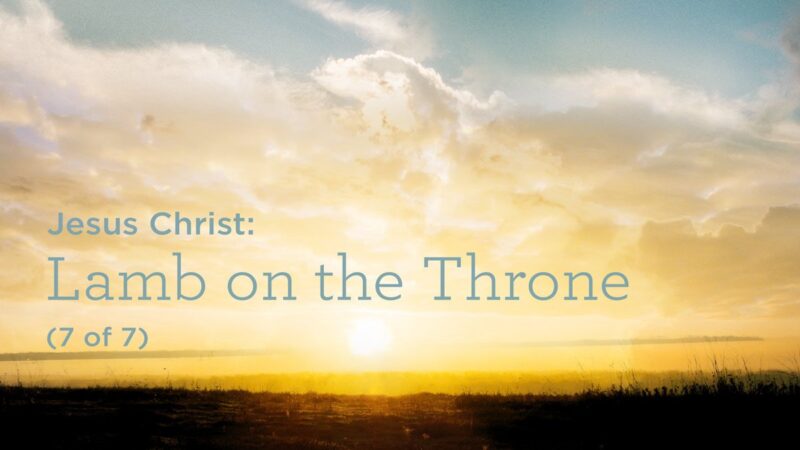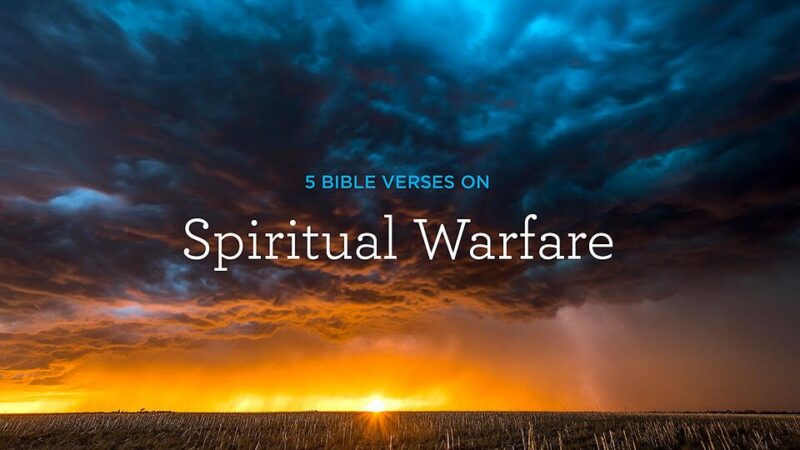https://blog.truthforlife.org/jesus-came-to-bring-division

On one occasion, Jesus asked, “Do you think that I have come to give peace on earth?” (Luke 12:51). Ask that question about Jesus to the average person today, and they will respond, “Well, yeah, of course!” Many people rightly understand that Jesus is a champion of love, forgiveness, and harmony. That’s why His own answer to the question is so surprising: “No, I tell you, but rather division.”
Scripture certainly does testify that Jesus is for peace. At His birth, the angels sang, “Peace among those with whom he is pleased” (Luke 2:14). This was in accord with the words the prophet Isaiah had spoken: “His name shall be called … Prince of Peace” (9:6). In the Sermon on the Mount, Jesus blessed peacemakers, calling them “children of God” (Matt. 5:9). But in Luke 12 , what Jesus says seems contrary, at least at a superficial level, to the whole focus of His mission. How are we to make sense of these perplexing words?
A Fire and a Baptism
If we are to understand Jesus’ statement about bringing division, we must look at the surrounding passage. In the prior verses, Jesus proclaims, “I came to cast fire on the earth, and would that it were already kindled! I have a baptism to be baptized with, and how great is my distress until it is accomplished!” (Luke 12:49–50).
The fire He speaks of is the purifying fire of God’s holiness. Fire burns up what is combustible, and it purifies what is noncombustible. So when God’s holiness is unleashed against a world that persistently turns its back upon Him, it will destroy what is evil, purify what is good, and so bring about peace. It will answer the prayer that people pray when they scroll through their newsfeeds: “I wish it were possible for all of this dreadful stuff to be done away with!” Jesus is looking forward to the day when evil will be removed from the world entirely.
Then there is the baptism. This is not Jesus’ own baptism in the Jordan, which has already happened. He is referring to His death on the cross. And in His death on the cross, He made atonement for sinners so that, by grace and through faith in Him, they can be purified by God’s holiness and not destroyed.
When a man or a woman comes to trust in Christ, his or her life is changed at its core—in its direction, in its values, in its focus, in its purpose, and in its dreams.
Paul writes that through His death, “God was reconciling the world to himself, not counting their trespasses against them” (2 Cor. 5:19). The verb “reconciling” means “making peace.” Paul writes again, in Colossians, that through Jesus “the fullness of God was pleased … to reconcile to himself all things, whether on earth or in heaven, making peace by the blood of his cross” (1:19–20). This is the message that the Bible is ultimately all about: How can sinners be put right with God? Jesus’ death and resurrection is the means of peace between God and those who trust in Him and of peace in His kingdom among those who trust Him.
Divergence and Division
When people believe in Jesus, they are no longer “like the rest of mankind” (Eph. 2:3). It is that distinction which is the cause of division. When a man or a woman comes to trust in Christ, his or her life is changed at its core—in its direction, in its values, in its focus, in its purpose, and in its dreams. Faith in Jesus changes the dynamic of interpersonal relationships, inevitably dividing those who believe from those who don’t.
Jesus had this difficulty in mind when He said He came to bring division. His ultimate objective was love, forgiveness, and eternal peace with God, but He understood that the immediate effect of the cross and the change it would bring to those who believed would divide “father against son and son against father, mother against daughter and daughter against mother” (Luke 12:53).
We should not be under any illusions: the call to discipleship is not easy, and it requires costly loyalty.
In The Pilgrim’s Progress, John Bunyan helpfully illustrates a life changed by faith and the division that change causes. The man Pilgrim, learning that he must flee his home to save his life, begins to run. Bunyan writes,
He had not run far from his own door, when his wife and children, perceiving it, began to cry after him to return; but the man put his fingers in his ears, and ran on, crying, “Life! life! eternal life!” So he looked not behind him, but fled the middle of the plain.
The neighbors also came out to see him run; and as he ran, some mocked, others threatened, and some cried after him to return; and among those that did so, there were two that resolved to fetch him back by force.
Because he chose to run after Christ, Pilgrim soon faced fear, disdain, open antagonism, and more from those he knew before. And until Christ returns, the same awaits us as pilgrims as well.
The Calling and Its Cost
Many of us understand Jesus’ words concerning division all too well. Like Pilgrim’s, our allegiance to Christ has disrupted the status quo and exacted a price. Relatives have been upset that our commitment to Christ has demanded our time and attention. Friends have expressed frustration that we will not do the same sinful activities with them that we used to. Loved ones have forbidden us to invite those who share our faith into our homes. Even when we faithfully and patiently love our neighbors as Jesus commanded, we do not receive the same in return. Such discord compels us to consider whether we are ready to abandon harmony for the sake of following Christ.
We should not be under any illusions: the call to discipleship is not easy, and it requires costly loyalty. Not everyone is prepared to pay the price—or to accept those who do pay the price. But through the power of the Holy Spirit, we can risk this division. And in so doing, we will find peace with God, and we will look forward to the peace He will bring on earth, as it is in heaven.
This article was adapted from the sermon “‘Do You Think I Came to Bring Peace?’” by Alistair Begg.




